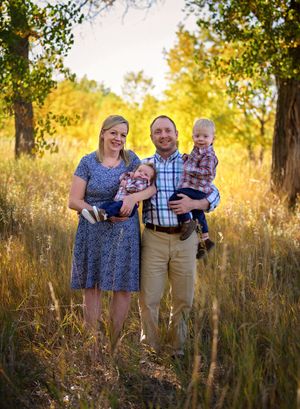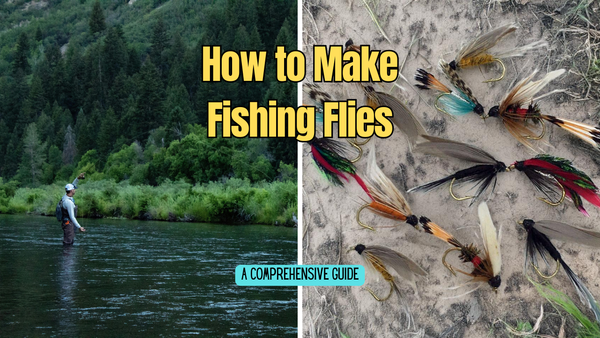Griddles, especially the popular flat top grill versions, have become a staple in many kitchens and outdoor cooking setups. They offer a unique way to cook everything from pancakes to steaks. However, like any cooking appliance, griddles come with their own set of disadvantages that might affect your cooking experience. In this article, we'll explore some of the less-talked-about drawbacks of using a griddle.
Key Takeaways:
- Limited Versatility: Griddles may not be suitable for all types of cooking needs.
- Maintenance Requirements: Keeping a griddle clean and functioning can require more effort than expected.
- Heat Distribution Issues: Some griddles can have uneven heating, affecting food quality.
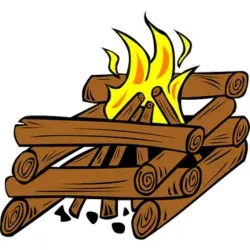
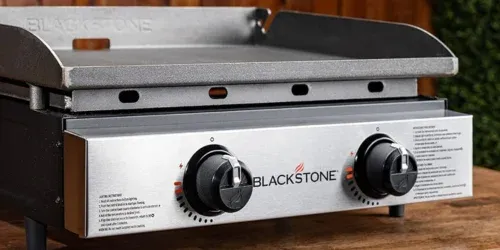
Understanding the Griddle's Design Limitations
Griddles are designed with a flat cooking surface, which is ideal for making pancakes, French toast, or hash browns. However, this flat surface can be a limitation when it comes to cooking foods that benefit from grill grates, such as meats that need sear marks or veggies that are enhanced by a slight char. The overall design of a griddle may not cater to personal preference if you're looking for the smoky flavor that a charcoal or propane stove with grill grates can provide.
Moreover, the expansive flat surface, while beneficial for cooking large batches of food, does not offer the same options for separating foods during cooking. This can be a disadvantage when preparing a diverse menu or when foods require different cooking temperatures.
Space and Portability Concerns
When it comes to camp cooking or car camping, the size and portability of your cooking equipment are crucial. Griddles, particularly larger models, can be bulky and heavy, making them less ideal for packing into a separate cooler or fitting neatly on a small picnic table. This can be a significant drawback for those who need to optimize space and minimize weight for campsite cooking.
Additionally, the need for a flat surface to properly set up the griddle can limit the locations where you can effectively use it. Unlike a camp stove or small portable grill, a large griddle may require more room at your campsite or picnic area, which isn't always available.
Heat Management and Fuel Usage
One of the critical aspects of cooking with a griddle is managing its heat distribution. Some griddles can suffer from uneven heating, which means while your pancakes might cook perfectly on one side, they could be undercooked or burnt on the other. This issue stems from the griddle's heating design, where certain areas, especially those closer to the burners, receive more heat.
Furthermore, griddles typically require a continuous supply of fuel, whether it's electricity, gas, or propane, to maintain the necessary cooking temperatures. This can be a disadvantage in camping scenarios where fuel sources might be limited, or you're trying to conserve fuel for other cooking needs or for heating.
Cleaning and Maintenance
Keeping a griddle clean is another area where some might find a disadvantage. Due to the large, flat cooking surface, griddles require regular and thorough cleaning to prevent food buildup and to maintain a non-stick surface. This often involves more than just wiping down with paper towels; you might need warm water, specific cleaning agents, and a scrubbing pad to keep the surface pristine.
In addition, the maintenance doesn't stop at cleaning. Griddles must be properly seasoned to preserve their cooking efficiency and prevent rust. This seasoning process, involving oil and heat, needs to be repeated periodically, adding to the overall upkeep efforts.
Cooking Flexibility and Food Quality
While griddles offer more room to cook, they might not always provide the best cooking conditions for certain foods. For instance, delicate items like eggs or certain vegetables might not benefit from the intense direct heat a griddle provides. Also, the inability to adjust the cooking surface's height, unlike adjustable grill grates, can limit how you cook different types of foods, from thick cuts of meat to thin slices of bacon.
The quality of food, particularly when it comes to achieving certain textures or flavors, can also be compromised on a griddle. For example, achieving a crispy sear on meats or the perfect char on veggies might be challenging without the direct flame or grill marks that a traditional grill offers.
Summary
While griddles are a popular choice for many cooking enthusiasts, they come with specific disadvantages that might not make them the ideal choice for everyone. Issues such as limited cooking versatility, cumbersome size and weight, challenging maintenance, uneven heat distribution, and less control over food quality are significant considerations. Whether you're cooking at home or at a campsite, weighing these cons against the pros of using a griddle is essential.
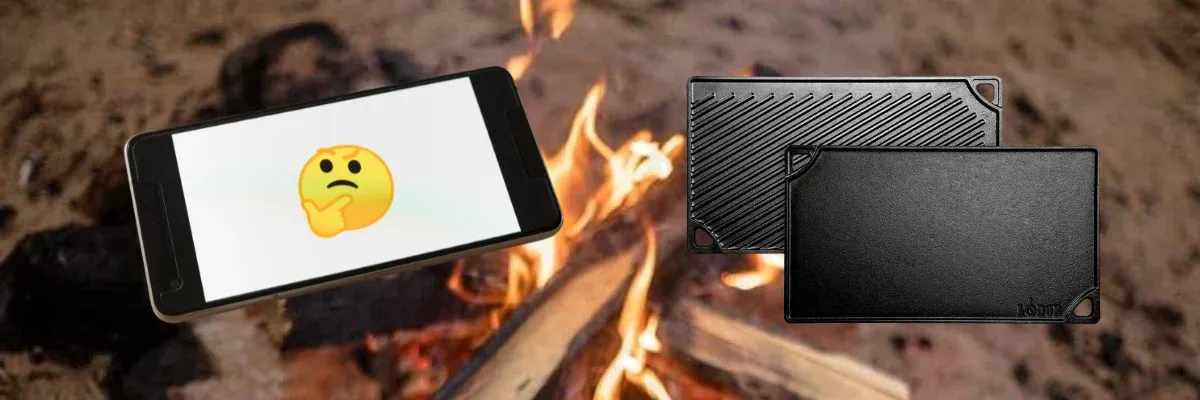
FAQs
Q: Can I cook all types of food on a griddle? A: While you can cook a wide variety of foods on a griddle, it is not ideal for everything. Foods that require high heat for a sear or benefit from grill marks are better cooked on traditional grills.
Q: Is it difficult to maintain a griddle? A: Maintenance can be more demanding than other types of cookware. Regular cleaning and periodic seasoning are necessary to keep the griddle in good condition.
Q: Are griddles suitable for camping? A: Griddles can be used for camping, but their size and fuel requirements might not make them the best choice for all campers, especially those who need to conserve space and fuel.
Related articles:


